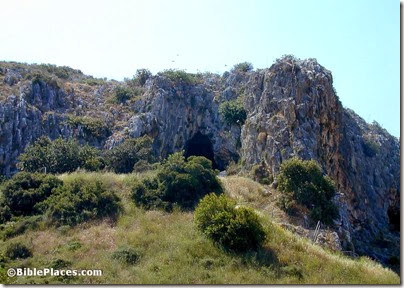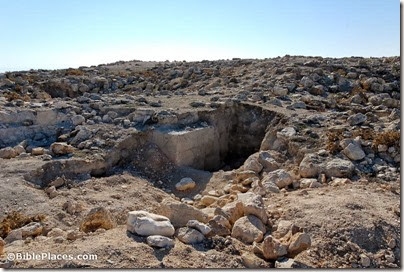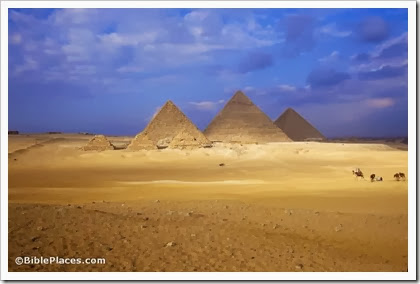Though the lectures are in Hebrew and in Haifa, the subject matter merits re-posting this conference schedule from the Agade list.
THE KINGDOM OF DAVID AND SOLOMON IN LIGHT OF NEW EPIGRAPHIC AND ARCHAEOLOGICAL DATA
UNIVERSITY OF HAIFA / FACULTY OF HUMANITIES Department of Biblical Studies and
Jewish History. Hecht Auditorium.
2013 Annual Meeting, Monday, December 2nd 2013
(All lectures will be presented in Hebrew)
08:30-09:00 OPENING SESSION
Greetings: Prof. Reuven Snir, Dean of the Faculty of Humanities, University of Haifa
Opening Remarks: Prof. Gershon Galil, Head of the MA Program “The Bible and its World”, University of Haifa
0900-1050 1st Session: THE ARABAH, THE NEGEV HIGHLAND AND THE NORTH. Presiding: Prof. Sariel Shalev, University of Haifa
09:00-09:20 Dr. Erez Ben-Yosef, Tel Aviv University, Transparent Archaeology and Biased Interpretations in the Study of the United Monarchy: Methodological Insights from the Ancient Copper Mines of the Arabah
09:20-09:40 Dr. Moti Heiman, Israel Antiquities Authority and Bar-Ilan University, The Iron Age II in the Negev Highland: Material Culture, Economy and Population in A Desert Environment
09:40-10:15 Prof. David Ussishkin, Tel Aviv University, “Solomon’s Gate” at Megiddo: A Debate of Fifty Years
10:15-10:35 Dr. Doron Ben-Ami, The Hebrew University of Jerusalem, Hazor in the Iron Age IIA: The Stratigraphical and Chronological setting of the First Fortified Town
10:35-10:50 DISCUSSION
10:50-11:00 BREAK
11:00-13:00 2ND SESSION: EPIGRAPHY, BIBLE AND ARCHAEOLOGY. Presiding: Prof. Shmuel Ahituv, Ben-Gurion University of the Negev
11:00-11:20 Dr. Haggai Misgav, The Hebrew University of Jerusalem, The 10th Century BCE Inscriptions Reconsidered
11:20-12:00 Prof. Amihai Mazar, The Hebrew University of Jerusalem, The Kingdom of David and Solomon and the Archaeological Research: An Ongoing Story
12:00-12:40 Prof. Gershon Galil, University of Haifa, Israel and Palistin in the 11th-9th Centuries BCE in Light of New Epigraphic and Archaeological Data
12:40-13:00 DISCUSSION
13:00-14:00 LUNCH
14:00-16:00 3RD SESSION: THE COAST, THE SHEPHELAH AND PHILISTIA. Presiding: Prof. David Ussishkin, Tel Aviv University
14:00-14:20 Dr. Ayelet Gilboa, University of Haifa and Prof. Ilan Sharon, The Hebrew University of Jerusalem, Capital of Solomon’s Fourth District? Israelite Dor
14:20-14:40 Mr. Saar Ganor, Israel Antiquities Authority, Seven Seasons of Excavation at Khirbet Qeiyafa
14:40-15:00 Dr. Madeleine Mumcuoglu and Prof. Yosef Garfinkel, The Hebrew University of Jerusalem, New Light on Solomon’s Palace and Temple and on the Second Temple in View of the Shrine Model from Khirbet Qeiyafa
15: 00-15:30 Prof. Avraham Faust, Bar-Ilan University, Between Judah and Philistia: Settlement Dynamics and Changes in Material Culture in the 10th Century BCE
15:30-16:00 DISCUSSION



